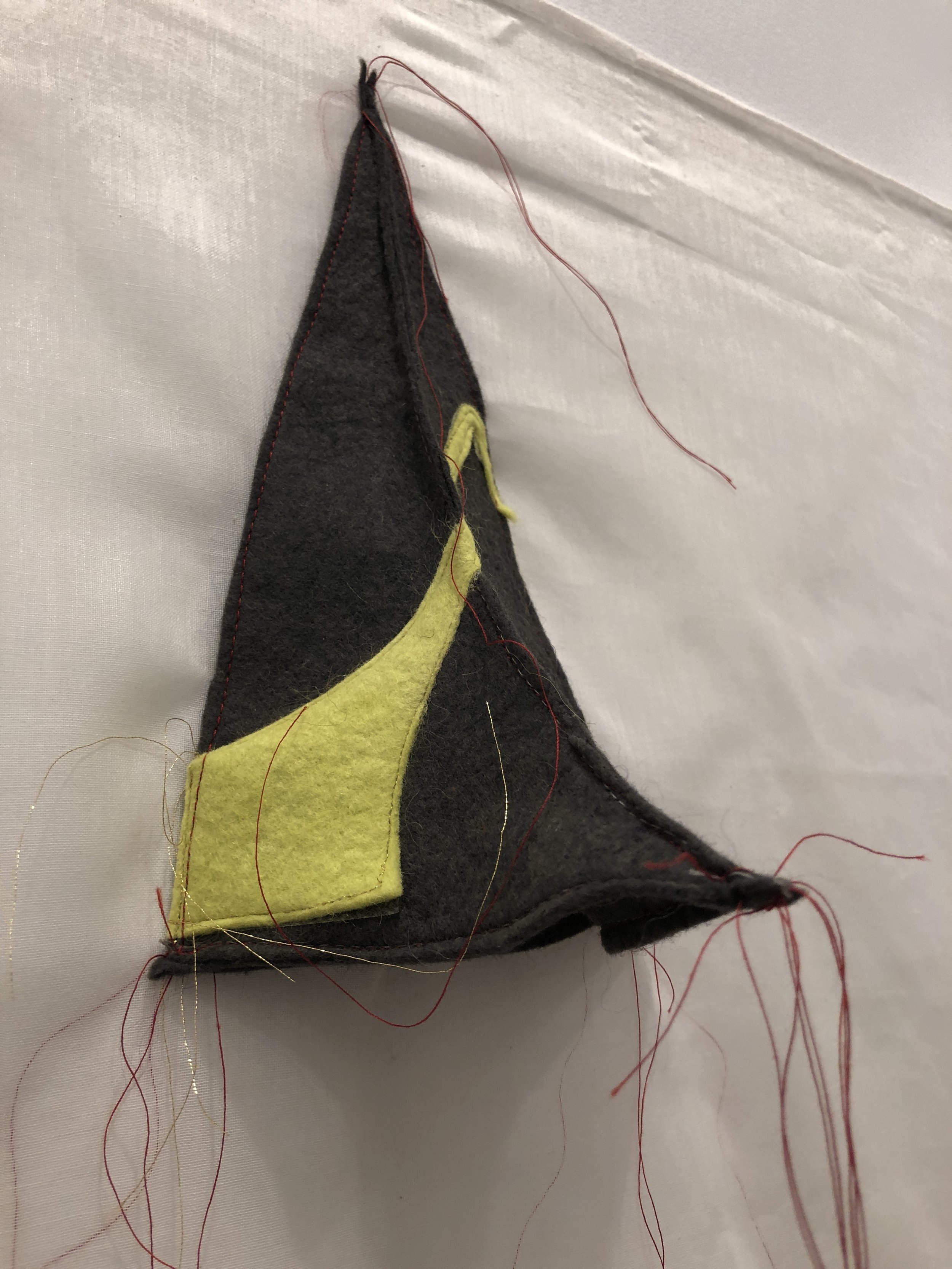In Progress
After talking with Joey last week, I moved from a complex system data gathering to focusing on one subject of qualitative personal data.
Talking > Listening > Dictating > Parsing
First Impressions
Talking it out made me feel like crap. Listening to it while Google Docs was dictating made me laugh. Is this really going on in my head? This is what I am giving power to? Doing this made my internal chatter tangible, exposing the thoughts that influence my perception of reality. But, seriously?
Parsing the Data and Observations
There are many ways to sift through qualitative data. I first pulled out repeated and hot button words and counted them up.
Then I started to think about how the data could be grouped differently; “What are the themes?”
Comparison, not enough (“If were better, I would be _____.”), not belonging, expectations, attacks, concerned with other peoples’ perspectives, reframing.
Since this project serves as an element of my Leadership Documentary, I went back and started looking at themes through the lens of Stanford psychologist, Carol Dweck’s theories on fixed and growth mindsets. Also, identifying the differences between shame and guilt via Brené Brown's work.
I walked through my data with my friend Karalee. Spouting off my most frequently heard words. She asked what my definition of the word was or the context I was pegging these words from. For example, I think I am immature in certain ways, but according to her, I didn't fit her definition of immaturity. Good point.
Looking back at tracking how long tasks would take me and my emotional relationship with time, I realized I had become obsessed with time. All I think about is time. How I’m not using it well, that people are using it better than I am, etc. Plus, what does it matter what other people are doing? Does your contribution not count?
Making the Tangible Tactile
Visuals based on my self-identified themes
Visuals based on fixed and growth mindsets; shame and guilt.
I have some new questions…and a refined goal
What are my definitions or the context of top-used words? How do they compare with the real definition?
Where are you getting your expectations from? How are they framing your standards?
What am I assigning as positive and negative?
What am I learning about my perception of time and what role does time play in this representation?
Ultimately, I’ll have an artistic representation of reframing my internal narrative from “I am not enough,” to “Yo, you’re learning.”








